Kindergarten
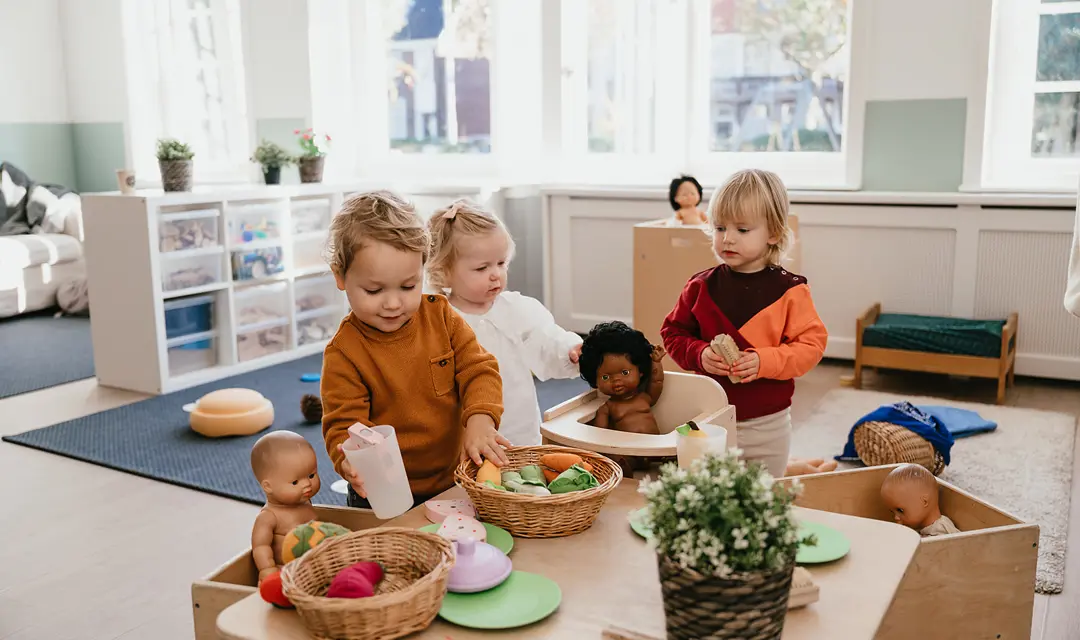
Why Kindergarten?
Kindergarten is good for your toddler's development. Contact with peers stimulates social and language development. Here, your child can get used to being with other children in a group and according to a fixed daily rhythm. This ensures that the transition from home to primary school isn't as big a step. Moreover, having fun is, of course, central to our Toddler Care!
Kindergarten is also a good choice if you only need half-day care for your toddler or if there are waiting lists at the daycare centre.
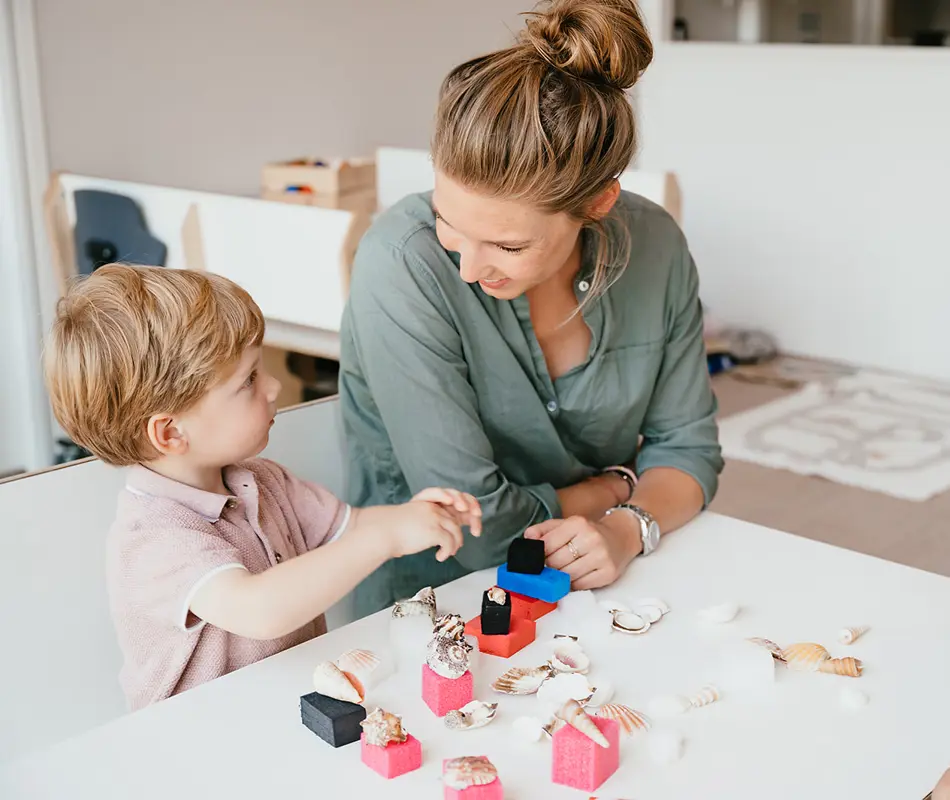
The daily rhythm at Kindergarten
We work according to our pedagogical vision in kindergarten and have a fixed routine. This fixed daily routine provides clarity, confidence and relaxation for young children. By identifying moments and transitions during the day, they know where they stand. This means your child will feel less overwhelmed and can prepare for the (next) time of the day at his or her own pace. Within the daily routine, we pay a lot of attention to each child's individual needs.
At Kindergarten, we have various themes that are recognisable to the children. Think of the different seasons, professions, holidays, and family. We do different activities and sing songs that match the theme of that moment.
This is what a morning at Kindergarten looks like
- 08:00-9:00 a.m.
The children arrive and we start the day quietly. The Pedagogical Staff have prepared various toys so that the children can choose what they need at that moment. - 09:00-10:00 a.m. We eat fruit together at the table. It's a set routine with a song and chatting with each other.
- 10:00-11:00 a.m. In the circle! During this fun moment, we talk about different themes (animals, music, going to school, etc.) and what we will do today.
- 11:00 a.m. -12:00 p.m. Free play. After the circle, we do an activity that fits within that month's theme, and your child can play freely. And because play and outdoor activities are essential to us, we go outside in our garden every day.
- 12:00-1:00 p.m. End of the morning. At the branches where Kindergarten closes at noon, this is the end of the day. At the branches that close at 1 p.m., we have lunch with the children between noon and 1 p.m.
What is the difference between toddler care and Kindergarten?
Although we often still popularly talk about toddler playgroups, it no longer exists as we used to know it. Previously, toddler playgroups were part of welfare work, but in 2018, toddler playgroups came under the Childcare Act and are officially called toddler care. So toddler care and Kindergarten is the same thing.
Our employees at the Kindergarten
A close-knit team of well-trained Employees works at the branches together with the branch management and the Housekeeping staff. As a parent you will have the most contact with the Pedagogical Employees but you will also meet other employees at the branch. They are responsible for all preconditions at the location and ensure that our Pedagogical Employees can give all their attention to the children.
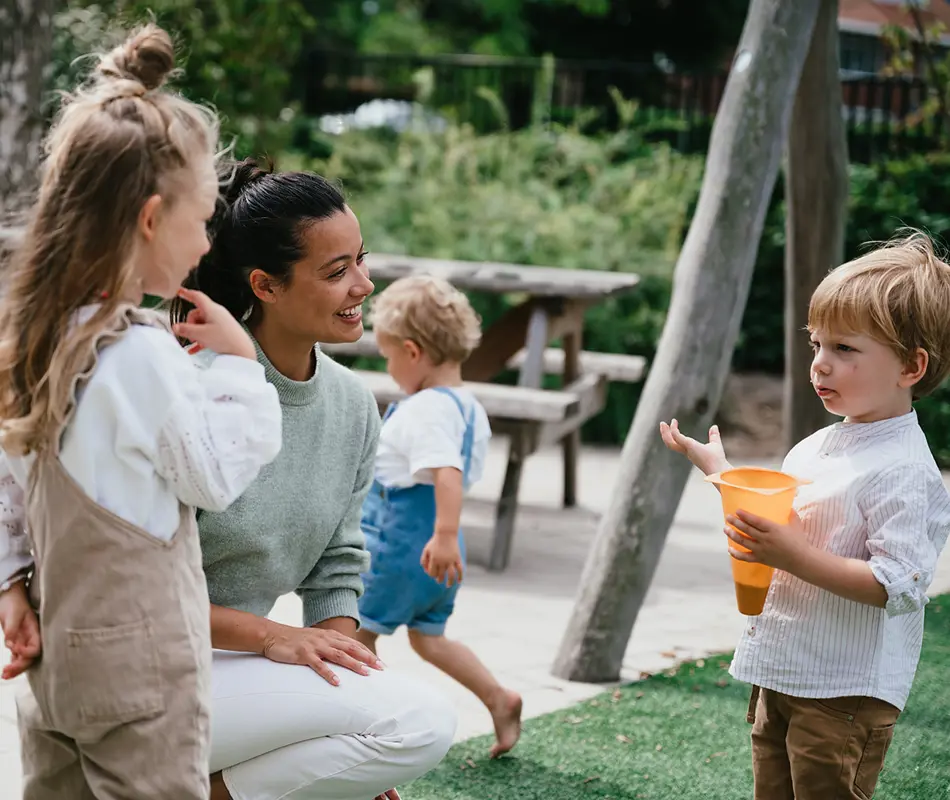
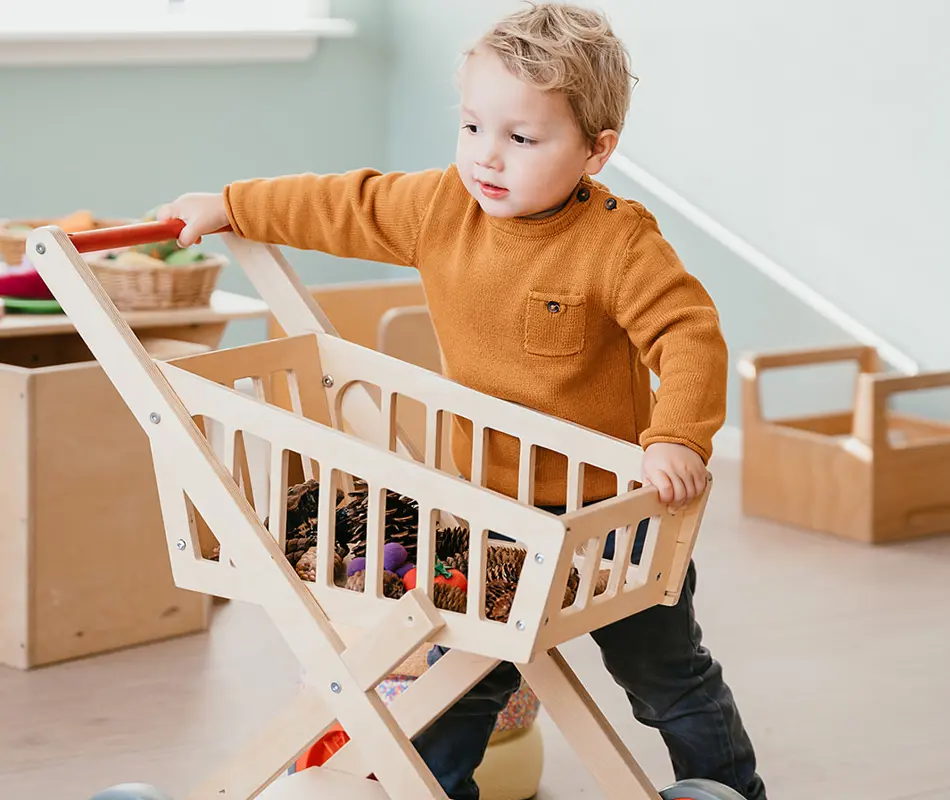
Costs for Kindergarten
At CompaNanny we strive for the best care for your child and support for you as a parent. With our transparent rates, calculation tool and help with applying for childcare allowance, we provide insight into the costs and help you make the right choices. Would you like more information about childcare costs and applying for childcare allowance? Then take a look at our childcare costs page.
Frequently Asked Questions
Am I entitled to childcare allowance?
-
Since 1 January 2018, Kindergarten has been transformed into childcare. You can get childcare allowance for this too.
Whether you are entitled to childcare allowance depends on a number of conditions. These conditions are:
- The children living with you are registered at your residential address.
- You as a parent or your allowance partner pay the childcare costs.
- You and your partner both work or receive a contribution from the municipality or UWV under the Childcare Act.
You can check whether you are entitled to childcare allowance and how much at www.belastingdienst.nl/rekenhulpen/toeslagen.
Do you also offer full-day care for toddlers?
-
Yes! If you would like to make use of all-day care, then choose Daycare. You can then attend our toddler group.
What are the Kindergarten's opening hours?
-
Open from 08.00-13.00:
CompaNanny Maanplein
CompaNanny Benoordenhout
CompaNanny Bachzaal
CompaNanny Titiaan
CompaNanny BurggravenlaanOpen from 08.00-12.00:
CompaNanny 7e MontessoriOpen 08.00-13.00 (Monday, Tuesday and Thursday) and 08.00-12.00 (Wednesday and Friday):
CompaNanny Statenkwartier
CompaNanny Amstelveen
CompaNanny 2e OpenluchtschoolKindergarten is closed during school holidays.
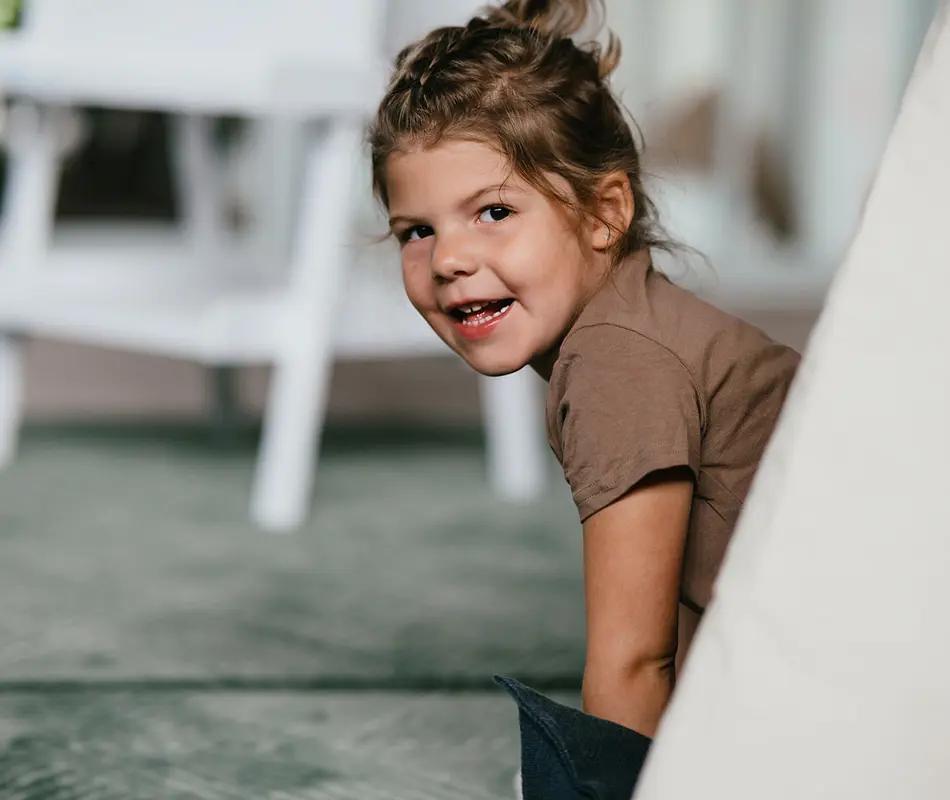
Find a branch
Check our location page for a branch with Kindergarten near you.